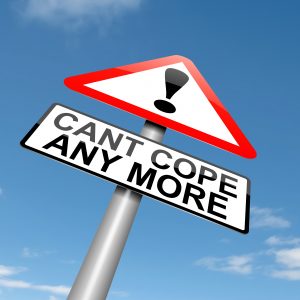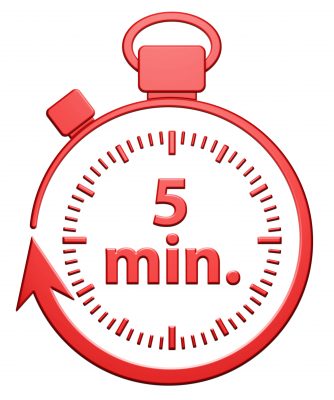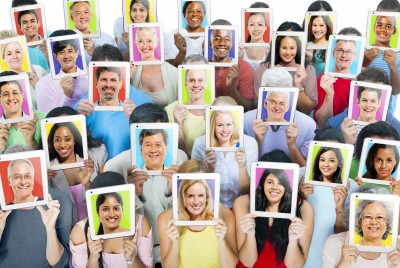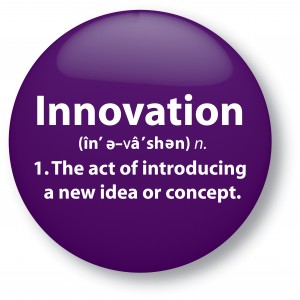
Beginning November 28, 2019, the Centers for Medicare & Medicaid Services will require nursing homes to provide trauma-informed care. Consequently, they must “ensure that residents who are trauma survivors receive culturally competent, hence minimizing triggers that may cause retraumatization.”
What is Trauma?
The Substance Abuse and Mental Health Services Administration’s (SAMHSA) describes the “Three E’s of Trauma.” First of all, the person is exposed to an event such as loss, violence, a natural disaster, or abuse. Next, he experiences the situation as physically or emotionally harmful or life-threatening. Finally, she has lasting adverse effects on well-being.
People express trauma differently, and some are more resilient than others. Furthermore, the impact of trauma is often confused with other conditions, such as depression or even dementia. Symptoms may have a delayed onset and include:
- Physical: Aches and pains, poor sleep
- Psychological: Anxiety, poor emotional control, flashbacks
- Cognitive: Difficulty with memory and attention
- Social: Poor trust in others, isolation
- Spiritual: Lacks meaning in life
What is Trauma-Informed Care?
According to SAMHSA, trauma-informed care rests on a set of critical concepts referred to as “The Four R’s. These assume that all people within an organization:
- Realize that trauma exists and understand the impact and consequences of traumatic experiences.
- Recognize signs of trauma.
- Respond consistently using the principles of a trauma-informed approach.
- Resist the re-traumatization of people with traumatic histories.
Therefore new regulations for trauma-informed care expect facilities to:
- Assess each resident’s exposure to traumatic events in their life.
- Train staff in the impact of traumatic experiences.
- Incorporate trauma-informed approaches into care plans.
- Use strength-based interventions that maximize trauma survivors’ resilience to avoid retraumatization.
Acknowledging traumatic experiences and providing care that is sensitive to each individual is essential. However, I question how realistic this new regulation is for many nursing homes faced with high staff turnover. As a result, limited resources go to basic care and training in practical approaches.
In conclusion, how do you perceive the future trauma-informed requirements?
Ann Catlin, OTR, LMT: For twenty years, Ann led in the field of skilled touch in eldercare and hospice. She has nearly forty years’ clinical experience as an occupational and massage therapist. She created Age-u-cate’s Compassionate Touch program and serves as a Master Trainer and training consultant.
 Time is precious. Staff is in short supply. Family caregivers are stretched to the limit. Just taking care of the basic needs is hard enough, so five minutes a day seems – IMPOSSIBLE!
Time is precious. Staff is in short supply. Family caregivers are stretched to the limit. Just taking care of the basic needs is hard enough, so five minutes a day seems – IMPOSSIBLE!
 The Message is clear. “We need more innovative, person-centered tools to help those who care for our elders, especially those with dementia.”
The Message is clear. “We need more innovative, person-centered tools to help those who care for our elders, especially those with dementia.”